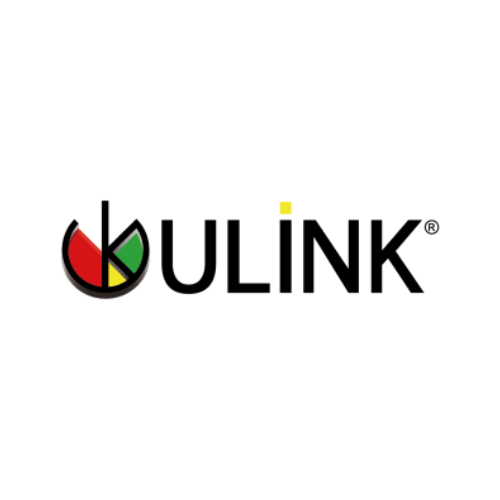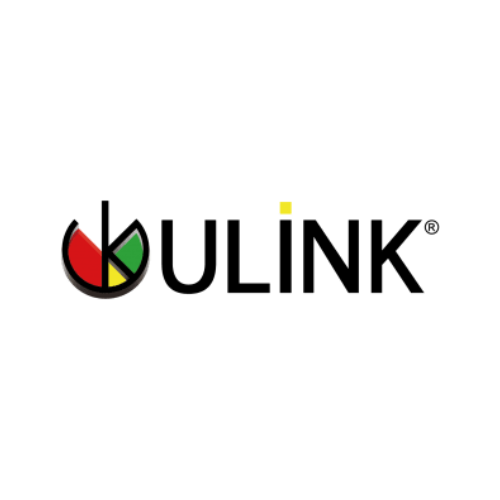Notifications

5 minutes, 42 seconds
-141 Views 0 Comments 0 Likes 0 Reviews

Ensuring the health of your hard drive is crucial to preventing data loss and maintaining system performance. One of the most effective ways to monitor your hard drive's condition is by using Self-Monitoring, Analysis, and Reporting Technology (SMART). SMART monitoring provides valuable insights into potential drive failures before they happen, allowing users to take proactive measures. In this guide, we will explain what SMART monitoring is, how it works, and how to use it to check your hard drive health.
SMART is a built-in feature in modern HDDs (Hard Disk Drives) and SSDs (Solid-State Drives) that continuously monitors drive health. It tracks various attributes, such as bad sectors, read/write errors, and temperature, to predict potential failures.
By analyzing these attributes, users can determine if their drive is at risk and take appropriate action, such as backing up data or replacing the drive before failure occurs.
Windows has a built-in SMART status check using the Command Prompt. Follow these steps:
cmd, and press Enter.wmic diskdrive get status
For a more detailed report, use PowerShell:
Get-WmiObject -namespace root\wmi -class MSStorageDriver_FailurePredictStatus
PredictFailure is True, your drive may be failing.Several free and paid software tools provide detailed SMART data:
smartctl -a /dev/sdX (replace X with your drive letter) to get a full SMART report.Mac users can check SMART status through Disk Utility or the Terminal:
Run the following command in Terminal:
sudo diskutil info disk0 | grep SMART
If the status is Verified, the drive is healthy; otherwise, it may need replacement.
Here are some key SMART attributes and what they indicate:
| SMART Attribute | Meaning |
|---|---|
| Reallocated Sectors Count | High values indicate bad sectors. |
| Power-On Hours | Total hours the drive has been in use. |
| Temperature | Overheating can shorten lifespan. |
| Seek Error Rate | High values may indicate mechanical issues. |
| Pending Sector Count | Indicates potential unreadable sectors. |
If your SMART monitoring tool indicates potential failure, follow these steps:
chkdsk /f /r
SMART monitoring is a valuable tool for detecting early signs of hard drive failure. Whether you use built-in system tools or third-party software, regularly checking your drive’s health can help prevent data loss and costly downtime. If SMART indicates an issue, back up your data and replace the drive before failure occurs.
By being proactive, you can extend your hard drive’s lifespan and ensure data security.
hard drive health check check hdd health ssd drive health checker nvme health check

